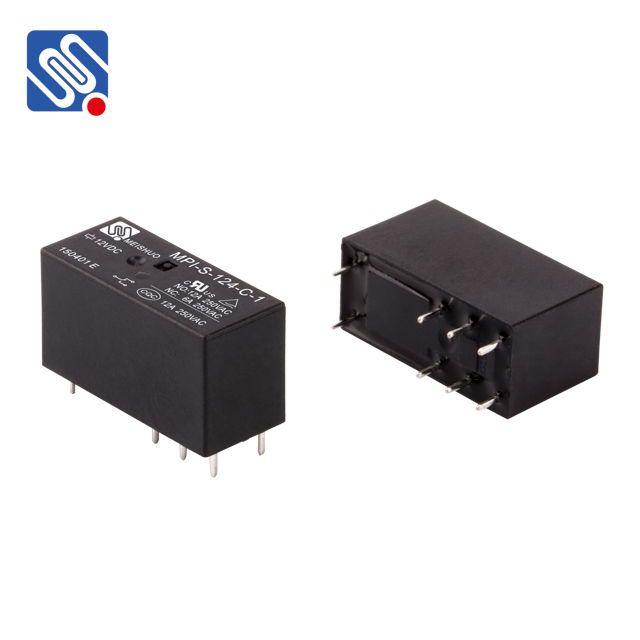relay application notes: understanding key use cases and best practices
Release time:2025-04-09 01:33:42
Relays are widely used in electrical and electronic systems due to their ability to control high-power devices with low-power signals. They are electromechanical devices that allow for the isolation of control circuits from the circuits being controlled, which is critical in a variety of applications ranging from automotive systems to industrial control systems. In this article, we will explore some of the most common relay applications, their advantages, and best practices for implementing them effectively.

The Basics of Relays
A relay is essentially a switch that is activated by an electric current, allowing a low-power signal to control a higher power circuit. This makes relays essential components in various systems where safety, reliability, and the ability to control high-power loads with minimal input are paramount. Relays come in many types, such as electromagnetic, solid-state, and reed relays, each serving different needs based on voltage, current, and frequency requirements.
Key Relay Applications
Automotive Systems
One of the most common applications of relays is in automotive systems. Vehicles contain numerous electrical components, such as lights, motors, and climate control systems, that require more power than a typical control switch can handle. Relays are used to manage these systems, allowing low-power signals from the vehicle's control panel to activate high-power devices like headlights, air conditioning compressors, or windshield wipers.

